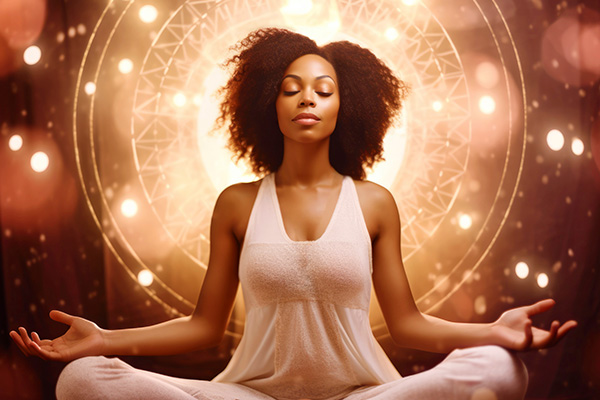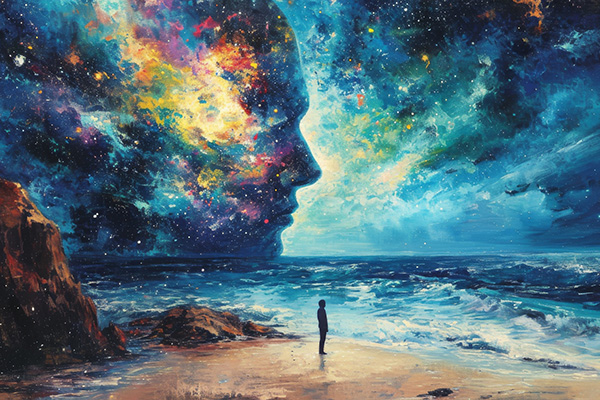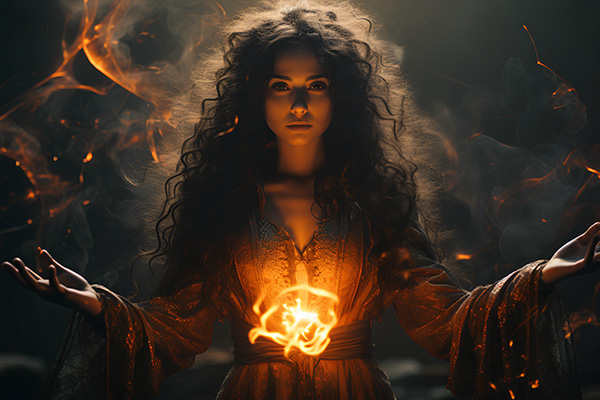realignment
Realigning With Your Higher Self
 In my readings, I often feel that people’s energy is fragmented — like an incomplete jigsaw puzzle with missing pieces. This fragmentation reflects a general disconnection from the core essence of their being: the higher self.
In my readings, I often feel that people’s energy is fragmented — like an incomplete jigsaw puzzle with missing pieces. This fragmentation reflects a general disconnection from the core essence of their being: the higher self.
It’s no surprise that modern life pulls us in countless directions, leaving us feeling stretched, overwhelmed, and out of balance. Between the demands of work, family, and personal goals, the balance of work, rest, play, sleep, and spirit seems to have slipped through our fingers.
Compounding this imbalance is our growing impatience and intolerance. We bristle at delays, resist restrictions, and struggle when life deviates from our carefully laid plans.
Yet frustration and impatience only hinder the natural unfolding of our highest good. The person we are waiting to meet or the opportunity we are longing for may not be ready to enter our lives — or, more likely, we may not be ready to welcome it.
When we feel lost, stuck, confused, or fearful, these are signs of misalignment or disconnection from our higher self. This distortion cuts us off from clear inner guidance and spiritual awareness, leaving us adrift in a sea of doubt, fear, and negativity.
Realigning with our higher essence restores the natural flow of energy, inner wisdom, and divine guidance. We rediscover our wise inner genius, the calm confidence that resides within, and the power to live in harmony with our true essence and fulfill our soul plan.
Is It Time To Reset Your Life?
 As the festivities fade and the hype of new year’s resolutions subsides, it’s natural to pause and truly reflect on the direction of your life.
As the festivities fade and the hype of new year’s resolutions subsides, it’s natural to pause and truly reflect on the direction of your life.
Often idealized as a time of joy and connection, the holidays rarely leave room for true introspection. Instead, they bring a whirlwind of obligations — shopping, entertaining, traveling, and endless social engagements. In the rush to meet expectations, both our own and those of others, the peace and reflection we crave are often drowned out by the festive chaos.
But as the holidays end and life returns to its normal routine, many feel a spontaneous urge to make an honest assessment of where they are in life. What’s working? What isn’t? Where do adjustments need to be made?
In the hustle and bustle of everyday life, it’s easy to lose sight of our true passions and purpose. Often we carry unnecessary burdens, cling to outdated habits, or stay in situations that no longer align with our higher selves.
Now is often the time of the year when your intuition may be whispering — or even screaming — that something needs to change. This inner knowing often manifests as dissatisfaction, a longing for something more, or a deep sense that you’re meant for greater things.
Recognizing the need to reset your life can be one of the most empowering decisions you’ll ever make. Letting go of what no longer serves you is not only a courageous act, but also a fundamental aspect of personal and spiritual growth.
What It Means To Align With Your Higher Self
 The term “higher self” is a term often used in spirituality, metaphysics, and psychic work, but it can be very confusing. What exactly is it? Is it our subconscious, our conscience, our alter ego, our soul, our spirit?
The term “higher self” is a term often used in spirituality, metaphysics, and psychic work, but it can be very confusing. What exactly is it? Is it our subconscious, our conscience, our alter ego, our soul, our spirit?
While these aspects are all related in some way to the higher self, it’s best understood as the most enlightened and transcendent part of our being.
Our soul or spirit is the conscious, evolving part of us in this lifetime, while the higher self is our soul’s highest potential. It is our divine blueprint and our eternal spiritual essence that exists beyond our physical self in the non-physical. It’s the timeless, eternal part of us that embodies the divine essence of who we are.
While the incarnated aspect of soul is the conscious experiencer throughout our lifetime, the higher self is the permanent aspect of the soul that exists in the higher realms.
The higher self is not a separate personality or individual being, but a deeply integrated, higher foundation of our soul. It is like a spiritual archive of all the wisdom, experiences and lessons accumulated from our past lives, as well as our soul contracts and higher purpose for this lifetime, serving as a blueprint for our soul’s evolution and life journey. It reflects the highest aspects of our being.
When we connect with our higher self, we align with this elevated aspect of who we truly are and what we intend to accomplish in this life and the next. This connection gives us clarity and insight into our soul’s path. It allows us to see life from a higher perspective and guides us to make choices that promote personal and spiritual growth. Connecting with the higher self helps us navigate life’s challenges with greater ease and purpose, allowing our soul to evolve and expand.
Honor Your Pagan Heritage This Halloween
 Samhain holds special significance for those who practiced paganism in a past life, especially those who were involved in magical practices as seers, soothsayers, druids, and witches.
Samhain holds special significance for those who practiced paganism in a past life, especially those who were involved in magical practices as seers, soothsayers, druids, and witches.
For us, this time of year evokes a deep sense of nostalgia, spiritual reorientation, and a return to ancient wisdom as the veil between worlds thins and we reconnect with our ancestors and the spirit realms.
Samhain is an ancient Celtic festival marking the end of the harvest season and the beginning of winter, traditionally celebrated from October 31 to November 1. It is one of the four great Gaelic seasonal festivals, along with Imbolc (February 1), Beltane (May 1), and Lughnasadh (August 1).
In Celtic tradition, Samhain (pronounced “sow-in”) is a liminal time when the boundary between the physical and spiritual worlds is thinner, allowing the spirits of our deceased loved ones, ancestors, and other spirits to cross over more easily.
In ancient times people would light fires and wear costumes to ward off harmful spirits, while also honoring their ancestors with offerings of food and drink.
Samhain is considered the origin of modern Halloween traditions, although Halloween has evolved and incorporated elements from other cultures to become a mostly secular and commercial holiday. For Neopagans and Wiccans, Samhain remains an important festival for honoring the dead, celebrating the cycle of life, death, and rebirth, and connecting more deeply with the spirit realm.